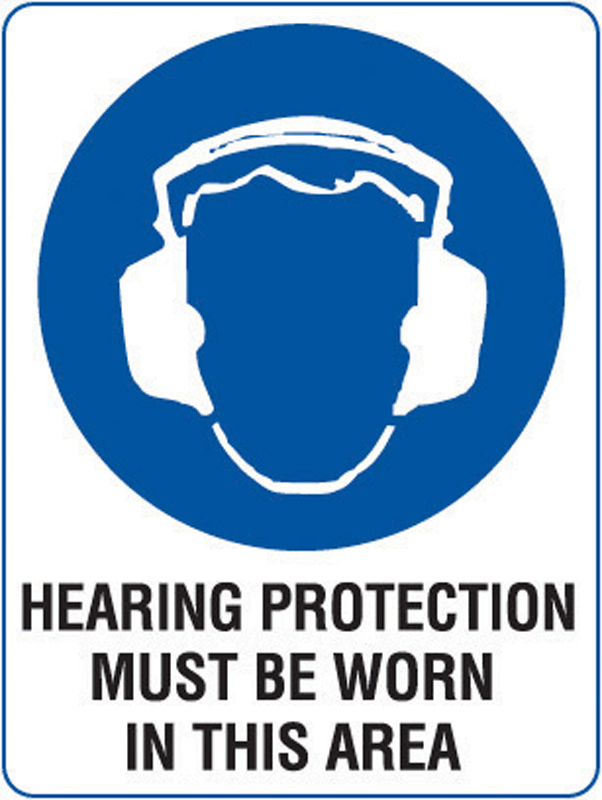 How well do you support your apprentices in their off-site training? Safety Australia Group recently spent time assisting a large educational facility to reinforce to its employees the importance of systematic risk management procedures.
How well do you support your apprentices in their off-site training? Safety Australia Group recently spent time assisting a large educational facility to reinforce to its employees the importance of systematic risk management procedures.
This establishment provides a wide range of skills training to full time and part time students. WHS Consultant Paul Pascoe stated “It was interesting to hear that many apprentices, who may attend classes one day per week, objected to the wearing of required personal protective equipment, or objected to the specified work procedure, on the basis that “my employer doesn’t make me do that, so I don’t have to do that here.”
If the purpose of sending apprentices to a formal learning program is to assist them to learn how to do a task professionally, an aspect of ‘professionally’ must be ‘safely’. Teachers at the facility expressed their concern and dismay that some apprentices resisted complying with the facility’s safety specifications, and some had stated that they did not want to wear the PPE, or actually chose to wear PPE in an inappropriate manner whilst at the facility. This obviously makes the teacher’s job more difficult, and could set an example for other, impressionable, students to follow.
Some employers can, over time, develop sub-standard work practices, without reducing the end quality of the job. In so doing they can develop a false sense of security in how well they are managing safety. It’s a case of “nothing went wrong on the job, so everything must have been right”. The danger is not being open to considering how to best manage the safety issues, and in the case of apprentices either not managing them correctly, or not learning from them when they report on how they are being trained at the formal facility.
 Regularly reviewing work practices to determine opportunities to improve the practice is a component of continual improvement. There are, therefore, a few lessons for employers to learn;
Regularly reviewing work practices to determine opportunities to improve the practice is a component of continual improvement. There are, therefore, a few lessons for employers to learn;
- Talk to the educational facility staff about their safety requirements and expectations of apprentice behaviour
- Require your apprentices to comply with the educational facilities safety rules
- Talk to your apprentices about what they are learning in off-site facilities
- Review your practices against that learning
Remember that, when it comes to apprentices learning, it is likely that they will pay more attention to how their employer is going about the work, than from a teacher who they see once a week.
All employers have a legal and moral responsibility to ensure that employees are systematically and adequately trained to do the work required of them both now and in the future. That is, to do their work effectively, efficiently and safely.
Positive management will treat training as an investment in quality improvement of the operation and for all sensible investments it should be made with the object of producing specific dividends.
Managers and Supervisors also require knowledge of the key legislative framework within which they operate and with an understanding of the principles of WHS and an understanding of techniques for the implementation of WHSS practices.
Training at all levels of the organisation ensures each person is aware of their responsibilities, and the organisation’s policy is carried out. This results in the improvement of the physical, mental, and social well-being of every person in the organisation. The organisation also benefits indirectly through reduced costs associated with personal and property damage. Put simply, “efficient and safe working conditions are just good business practice” (Kolbe-Mims, 1998:40).

 Safety Australia Group
Safety Australia Group